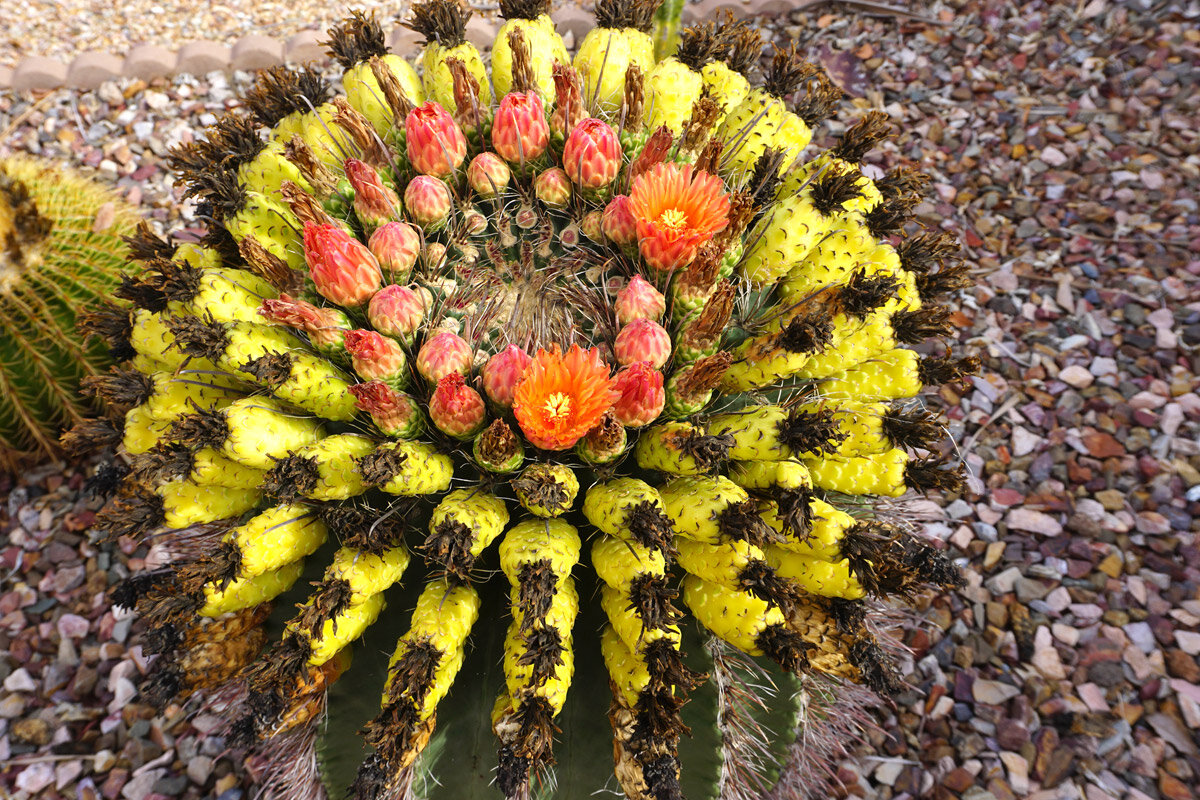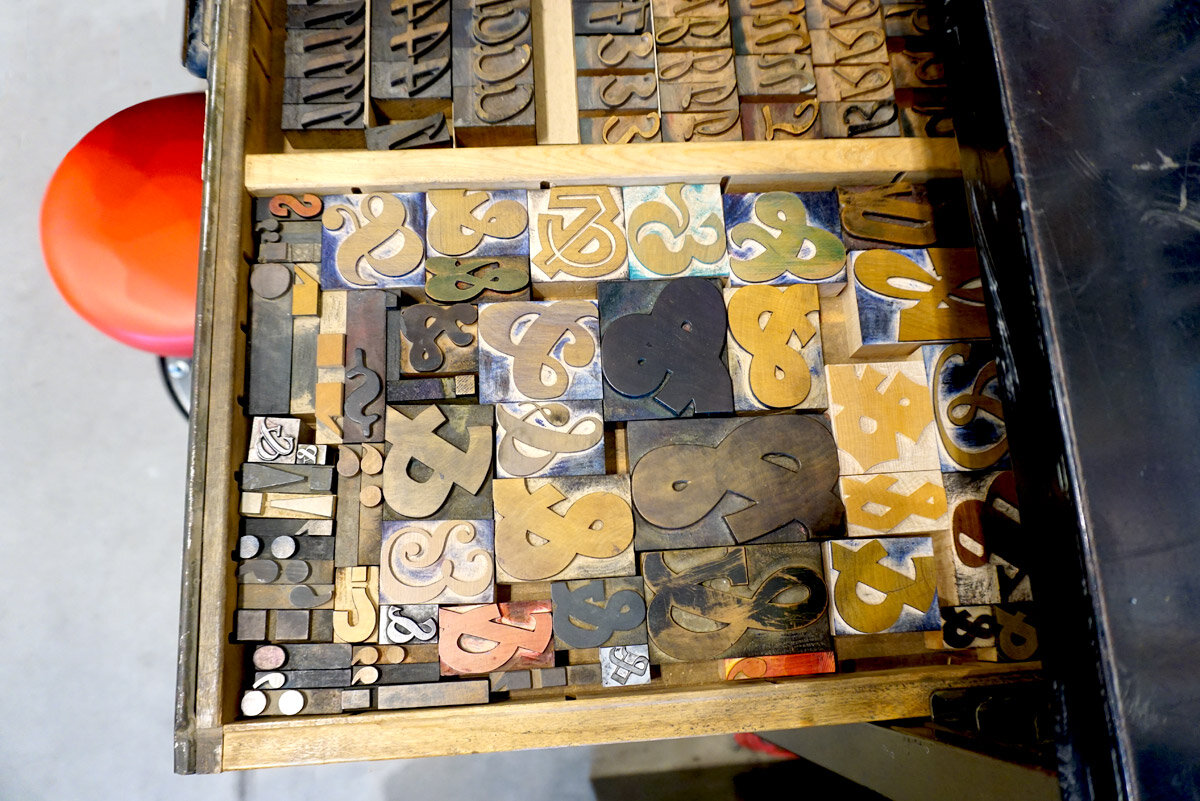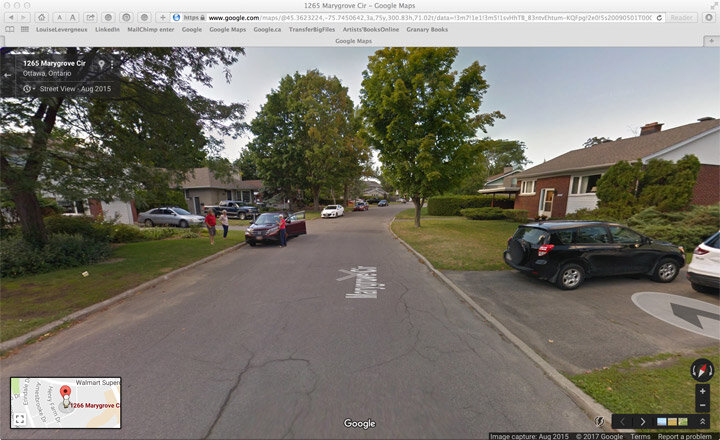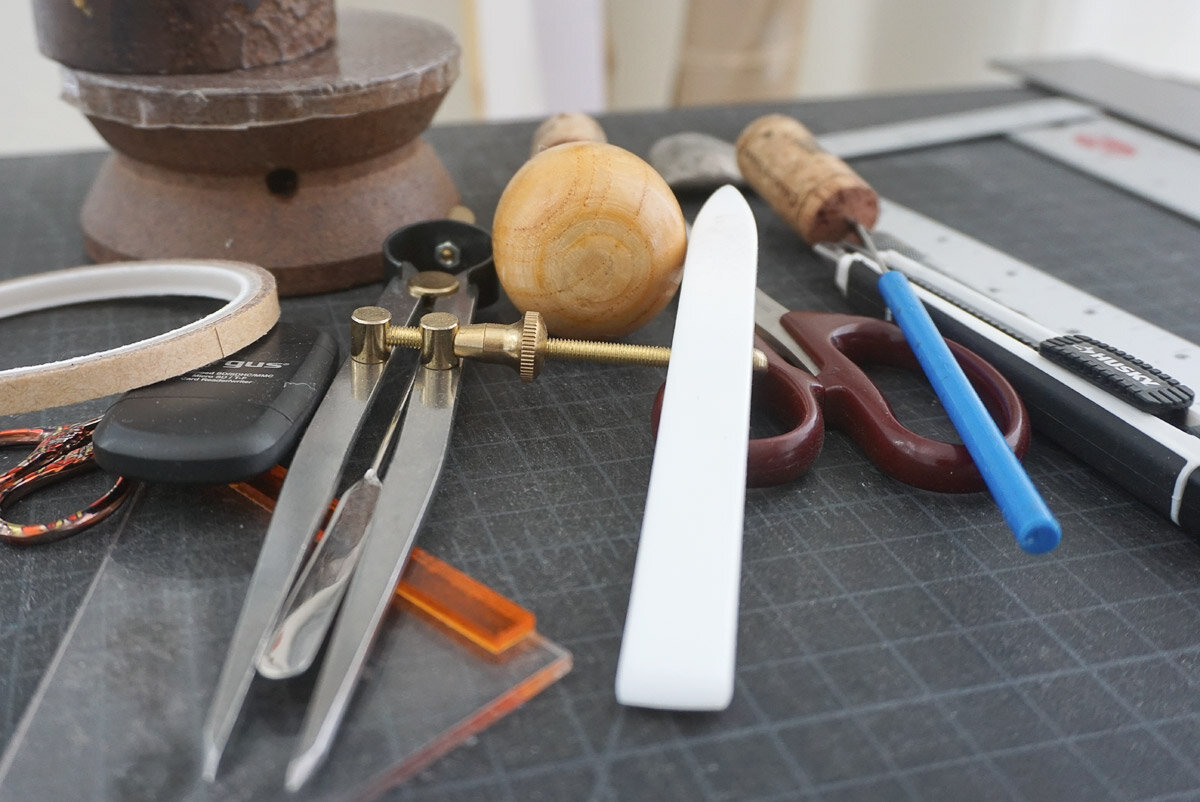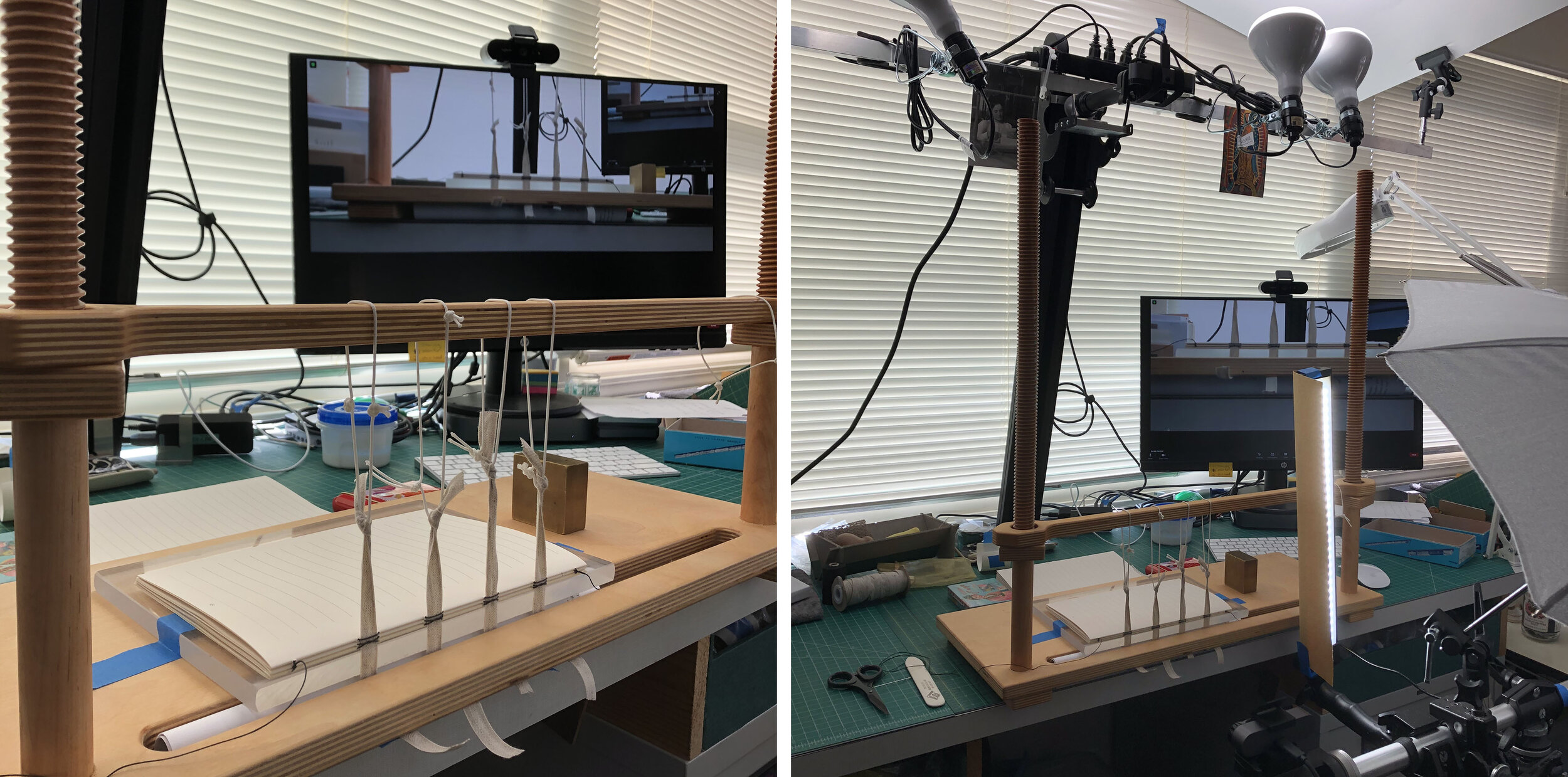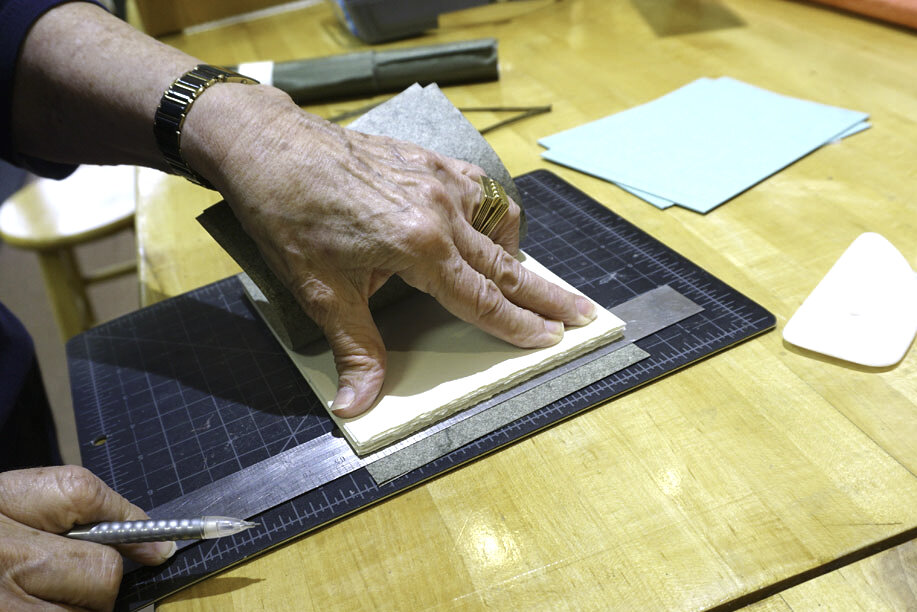I appreciated all your personal messages in response to my last blog post “Struggle with Creativity.” You took the time to follow and respond, this made me smile, thank you.
Guylaine Couture, an artist friend in Magog, Québec, mentioned I should relax, have fun, and to “go with the flow.” With my personality, the process of creativity has always been a bit difficult. You see, I’m impatient! I dream an idea, I plan, and I finish a book in early morning dreams. It is so completed in my mind’s eye. I want to perceive it as published NOW! Why not?
© 1978 Fred Maheux (artist collection). After my meaningful discussion with Guylaine, I decided to go through the family albums and reminisce on my creative process.
These comments nudged me just enough for the mind to wonder and transport my thoughts back to simpler times. When I studied with Fred Maheux, my mentor some 43 years ago, learning the process of creativity was fun and exciting. We were four artists who met weekly to discuss our respective daily sketches. We would choose the best drawing, then develop the idea during the next week. Our subsequent meeting was to discuss the best way to produce our final piece. The interaction, the discussions, and sometimes a change in direction inevitably presented me with the joy of the process and its development...
© 1979 Louise Levergneux. This drawing and watercolour were inspired by a Pinto Bean which Fred brought in the studio for an incentive.
© 1979 Louise Levergneux. The following item brought in the studio for discussion was a cross. One sketch out of many, the result is the final watercolour on the right. (sorry it's not clear, it’s from an old slide)
© 1979 Louise Levergneux. Drawing and final watercolour of a self-portrait.
After some discussion, Guylaine sent me her creative process to share with you, my readers.
Je suis passionnée par le processus créatif depuis des années. J’ai essayé toutes sortes de démarche, d’exercices, par moi-même et avec mes étudiants.
En graphisme, mon principal métier au départ, il faut être créatif sur commande, répondre au client. Comme artiste cela change bien sûr, mais le processus reste le même. Je pourrais vous en parler longtemps.
Maintenant que je suis une artiste à temps plein, je me fais un devoir de toujours pratiquer même et surtout quand l’inspiration n’y est pas. Tout devient prétexte à essayer des choses : des défis en ligne, des collages dans mes cahiers, des cartes ou autres courts projets qui ne demandent pas trop de réflexion. Ça peut être d’aller sketcher quelque part, il faut retrouver le plaisir de faire. En profiter pour sortir de sa zone de confort, de nos automatismes et de délaisser les écrans.
J’aime bien dire qu’en créativité, la quantité est plus importante que la qualité. Si vous faites bien vos devoirs, la qualité sera quelque part dans la quantité d’essais, de recherche, de tests que vous aurez faits. La valeur ajoutée est que dans cette pratique vous aurez appris des choses, c’est inévitable.
Avoir des débuts de projets n’est pas un échec, c’est de la recherche. Ces idées n’aboutissent pas? Ça fait parti du processus, ça nourrit notre pratique même si on ne les termine pas.
Dans les périodes un peu creuses, il faut visiter des expos, prendre le temps de regarder des livres d’art qu’on a acheté et qu’on n’a jamais vraiment regardé. Il faut nourrir l’inconscient de l’artiste que nous sommes.
Ne pas avoir d’attente, ne pas vouloir absolument trouver, accepter l’échec est sans doute la chose la plus difficile à intégrer dans une pratique artistique. Suivre la vague… Guylaine Couture
I have been passionate about the creative process for years. I have attempted all kinds of approaches and exercises, by myself and with my students.
In graphic design, which was my main profession, you have to be creative on command, to respond to the client. As an artist this changes of course, but the process remains the same. I could go on and on.
Now that I am a full-time artist, I make it a point to always practice even and especially when inspiration is not there. Everything becomes an excuse to investigate things: online challenges, collages in my notebooks, cards or other short projects that don’t require too much thought. It could be sketching somewhere, one must rediscover the pleasure of doing. The idea is to embrace the opportunity to get out of our comfort zone, of our automatisms, and to abandon screens.
I like to say that in creativity, quantity is more important than quality. If you do your homework well, the quality will be somewhere in the quantity of trials, research, and tests that you will have carried out. The added value is that while practicing you will have learned things — that is inevitable.
Having the beginnings of projects is not a failure; it is research. These ideas don’t come to fruition? It’s part of the process, and it feeds our practice.
In the slow periods, you have to visit exhibitions, take the time to look at art books bought and that you have never really looked at. We must feed the unconscious artist that we are.
Not having expectations, not absolutely wanting to find, accepting failure is arguably the hardest thing to integrate into an artistic practice. Follow the vibe... Guylaine Couture
© 2021 Guylaine Couture. Book made in spring 2021 — "Interest & exchange in the dirt." Guylaine did a lot of experience in printing. Also seen in the next two photos.
© 2021 Guylaine Couture. Guylaine wanted to print from a carton box of milk and then tried all kinds of vegetables directly on her press to see the textures she could get out of it for her book "Interest & exchange in the dirt."
© 2021 Guylaine Couture. Always for the same book "Interest & exchange in the dirt" , Guylaine tried to make paper threads following a technique discovered on the internet.
© 2021 Guylaine Couture. "The Detailed Correspondence", book created in the summer of 2021. Guylaine wanted to make a series of false stamps by trying various ways of doing them since she had a few colours and 25 copies to make. With some testing here and there, Guylaine finally used a gelli plate with acrylic.
© 2021 Guylaine Couture. For Guylaine’s last book "4 seconds" made in the summer of 2021, she tried drawing, sketching, collage and salvaging old prints. The result is quite interesting.
© 2021 Guylaine Couture. More drawing, sketching, collage and salvaging old prints for "4 seconds."
The correspondence received from my previous post inspired my thoughts and ideas. The nudge is what I needed. As a result, next month, I will outline the fun I’m having with my research on what might be a new project. Many thanks again for your comments, while I share my curiosity of my art world.

















